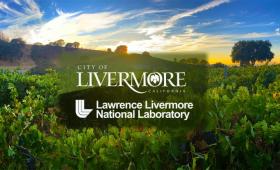The Laboratory has signed a memorandum of understanding with the city of Livermore to collaborate on advancing climate action in Livermore
Science and Technology Highlights
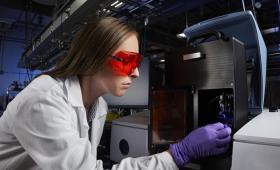
Researchers have demonstrated the ability to 3D-print microscopic objects in silica glass, part of an effort to produce delicate, layer-less optics that can be built in seconds or minutes.

A Livermore climate scientist and collaborators developed a novel approach to more quickly see the temperature response to strong emissions reductions.
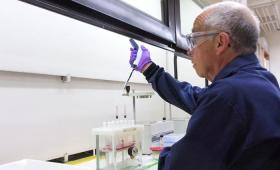
LLNL researchers recently learned that they had received an “A” grade for the 12th consecutive year in October’s 50th Organisation for the Prohibition of Chemical Weapons proficiency test.

In 2021, Americans used 5% more energy than in 2020, according to the most recent energy flow charts released by the Laboratory.
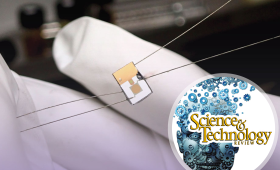
Livermore’s innovative 3D battery designs increase power density and longevity for remote applications.
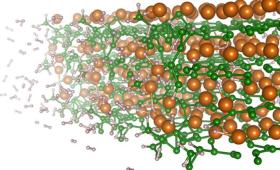
Livermore scientists have simulated the hydrogen storage reactions in a promising material and discovered why hydrogen uptake slows as the material absorbs hydrogen.
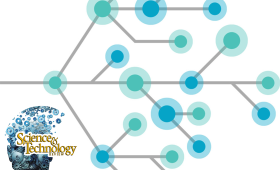
Laboratory recipients of the Department of Energy’s Office of Science Early Career Research Program awards continue to make advances in fundamental science research.

Livermore scientists and their collaborators have developed an open-source, high-performance simulator for studying large-scale geological carbon dioxide storage.
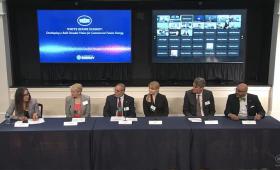
A White House summit convened leaders in fusion from government, industry, and academia, including Laboratory Director Kim Budil, to discuss a strategy for developing commercial fusion energy.


